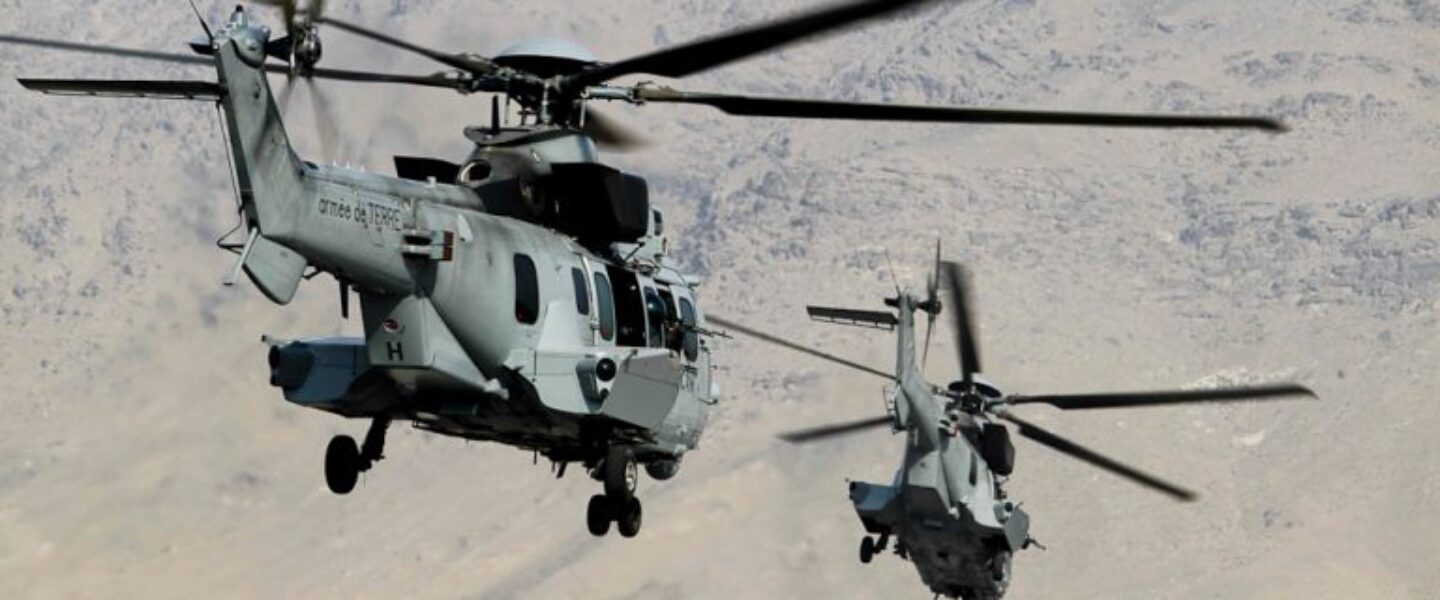Millions of US taxpayer dollars meant for humanitarian assistance and Afghanistan’s reconstruction find their way into the hands of the Taliban. The exact figure is unknown, however, because of lacking reporting requirements.
|
Listen To This Story
|
Millions of US taxpayer dollars continue to find their way into the coffers of the Taliban-controlled government in Afghanistan, according to a new report from the watchdog organization overseeing the country’s reconstruction. And, because the reporting requirements for partnering organizations are so poor, the true scope of this problem cannot be determined.
This finding is the result of a survey that the Special Inspector General for Afghanistan Reconstruction (SIGAR) conducted with “implementing partners” (i.e., nongovernmental organizations and public international organizations) of the US government. The US relies on these groups to help distribute the more than $2.8 billion (of which the United Nations received $1.6 billion) that it has spent on humanitarian and development assistance since 2001.
As the report shows, both Afghanistan’s previous administration and the current Taliban-controlled government have claimed a slice of that money for themselves in the form of taxes, fees, or similar payments.
Fewer than half of the 144 implementing partners that received US taxpayer funds responded to SIGAR’s questionnaire. Of the 65 which did, 58 percent reported that they had paid a total of at least $10.9 million to the Taliban-controlled government — 95 percent of it in the form of taxes.
However, SIGAR believes that this sum likely constitutes “only a fraction of the total amount of US assistance funds” that go to the Taliban. That’s because the agreements the United Nations has with the State Department and USAID do not require annual reporting on taxes, fees, duties, and utilities paid for with taxpayer money.
In addition, because the US does not recognize the Taliban-controlled government as Afghanistan’s official government, a USAID official told SIGAR that this negates the requirement of implementing partners to report on money paid to the country’s “host government.”
“We encourage but do not require implementing partners who do not pay foreign taxes to submit a [zero] foreign tax report,” personnel from the State Department’s Bureau of South and Central Asian Affairs stated in response to SIGAR’s request for information.
“Since there is no recognized government in Afghanistan, [its] … implementing partner … is not providing taxes to the Taliban,” these US officials added. “Therefore, there are no relevant tax reports to report.”
As a result, SIGAR noted, the State Department and USAID “do not know the full scope of the taxes, fees, duties, and utilities paid on US funded assistance in Afghanistan.”
In response to a draft of the report, both agencies said they would consider altering their reporting requirements.
Pointing to the Taliban’s role in the 9/11 terrorist attacks and their designation as a terrorist group, SIGAR stated that doing so would make it possible to better track where all that money ends up.
“Collecting this basic information would provide US agencies, policymakers, and US taxpayers with a better understanding of the risks associated with the continuation of aid to Afghanistan,” SIGAR stated.




